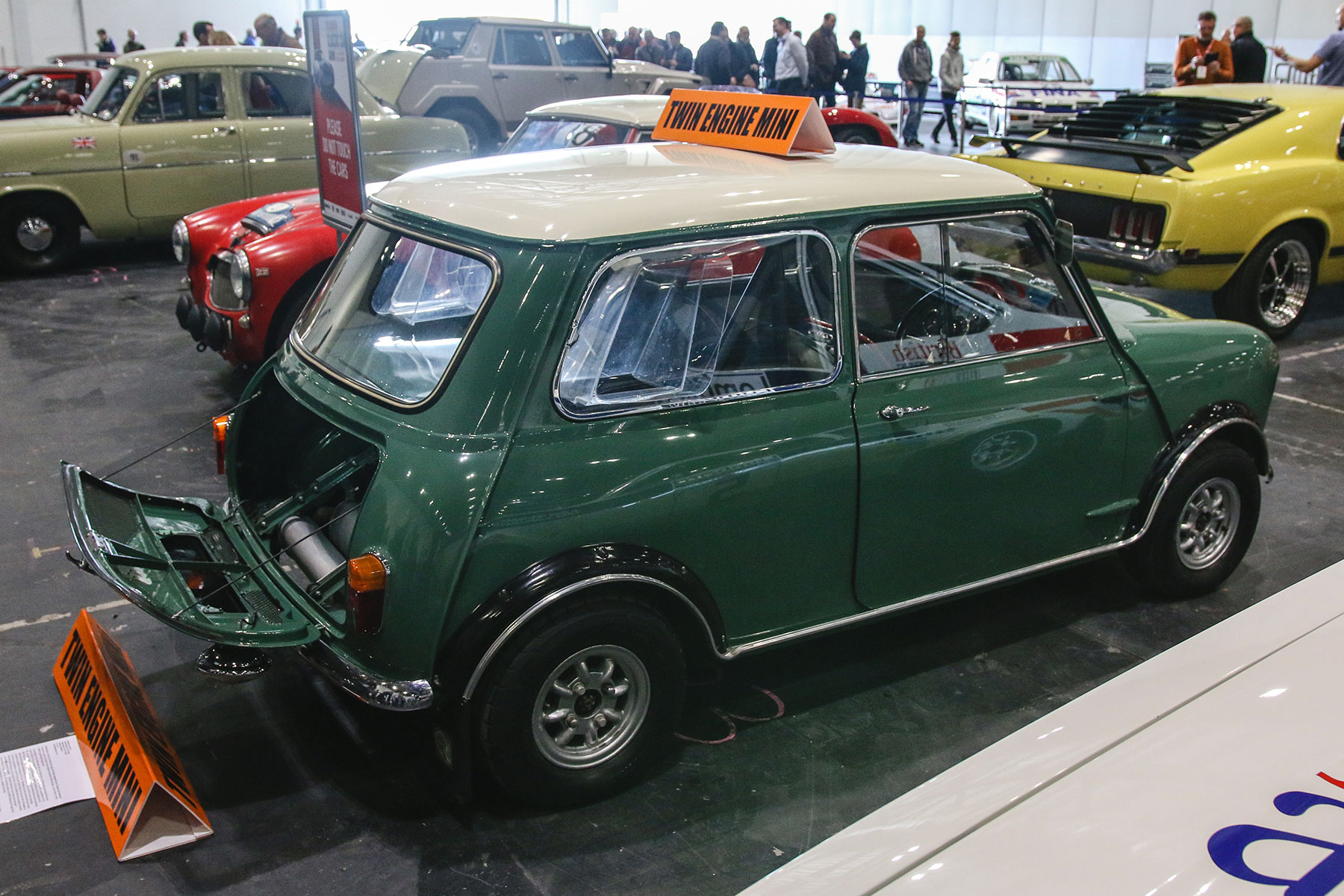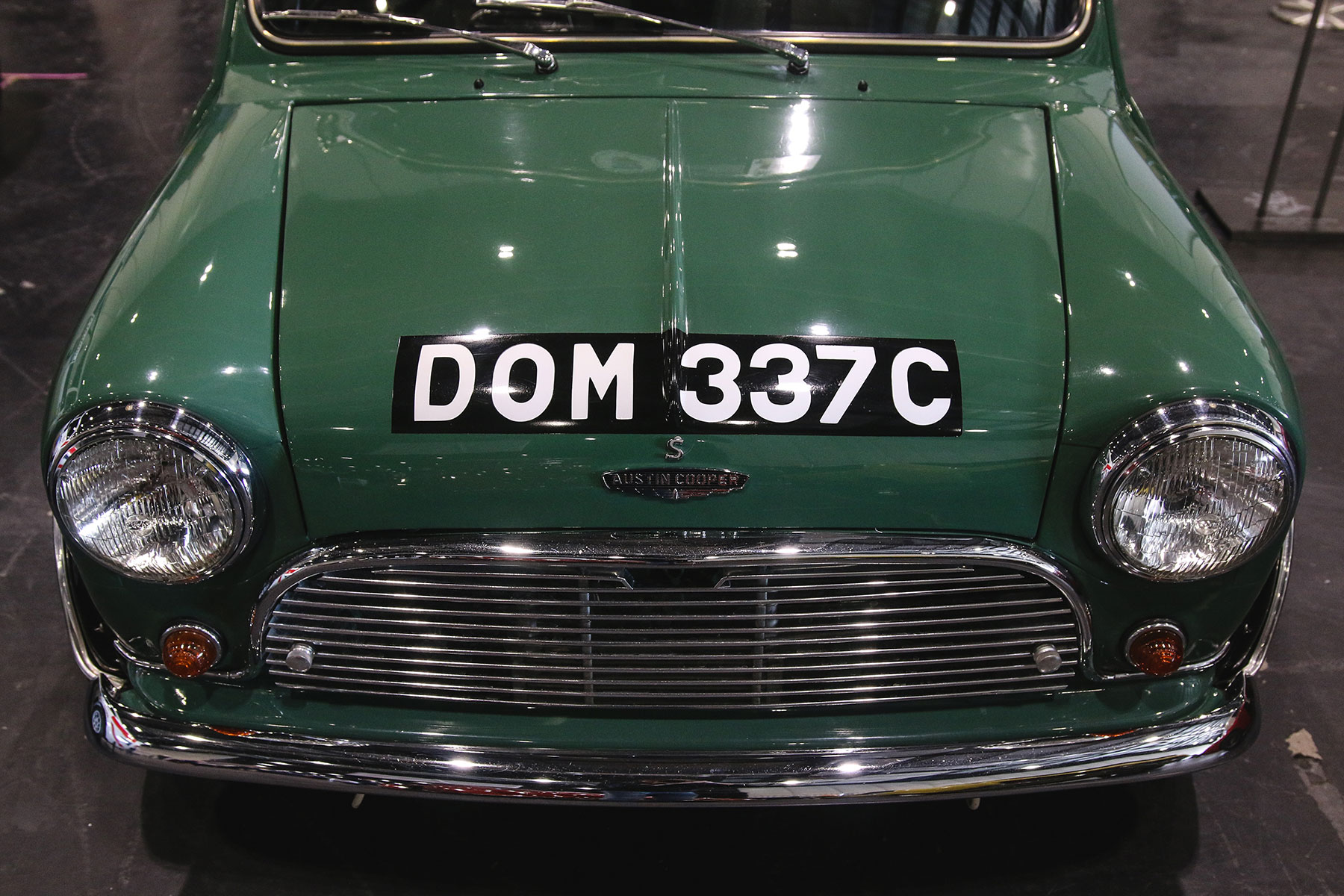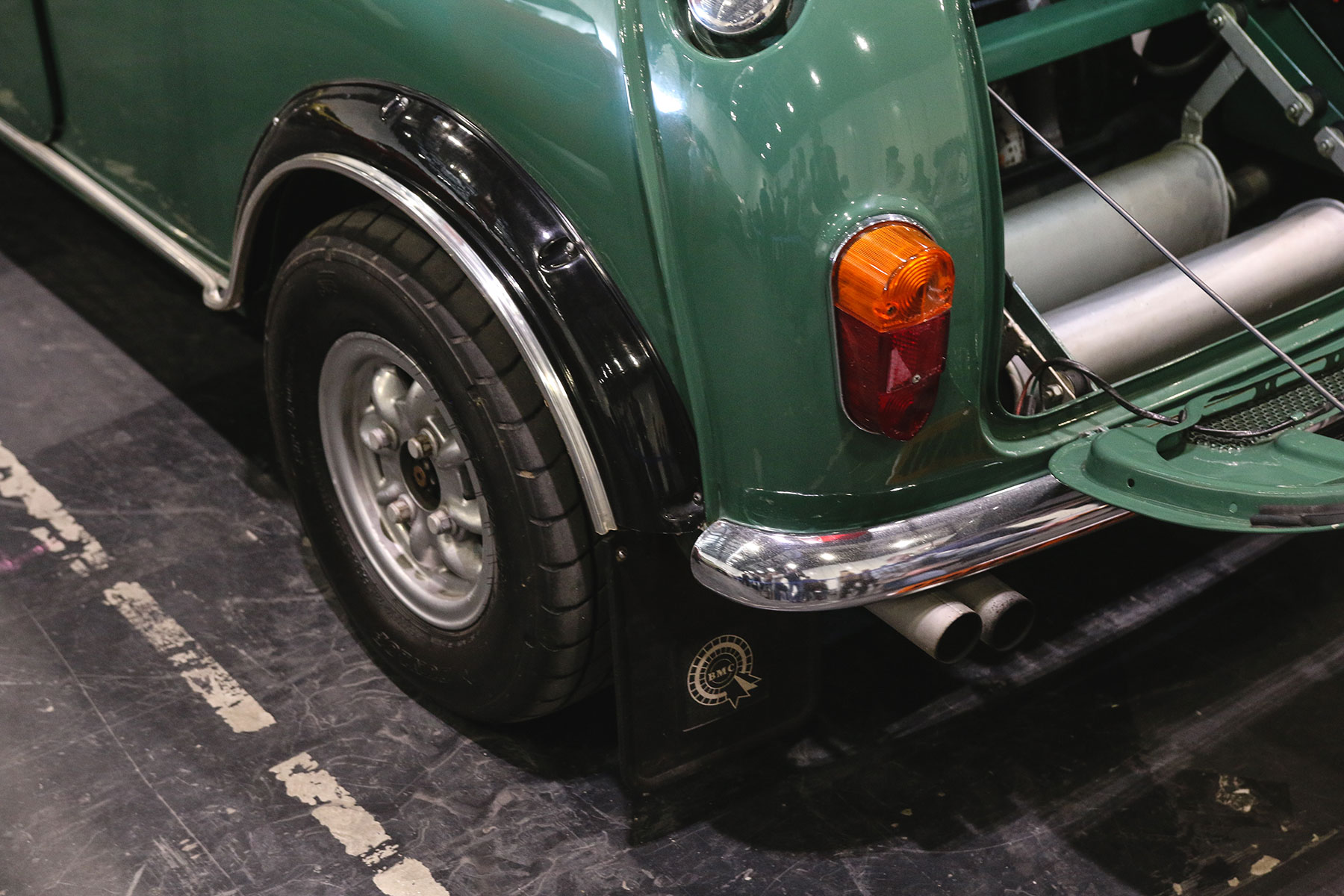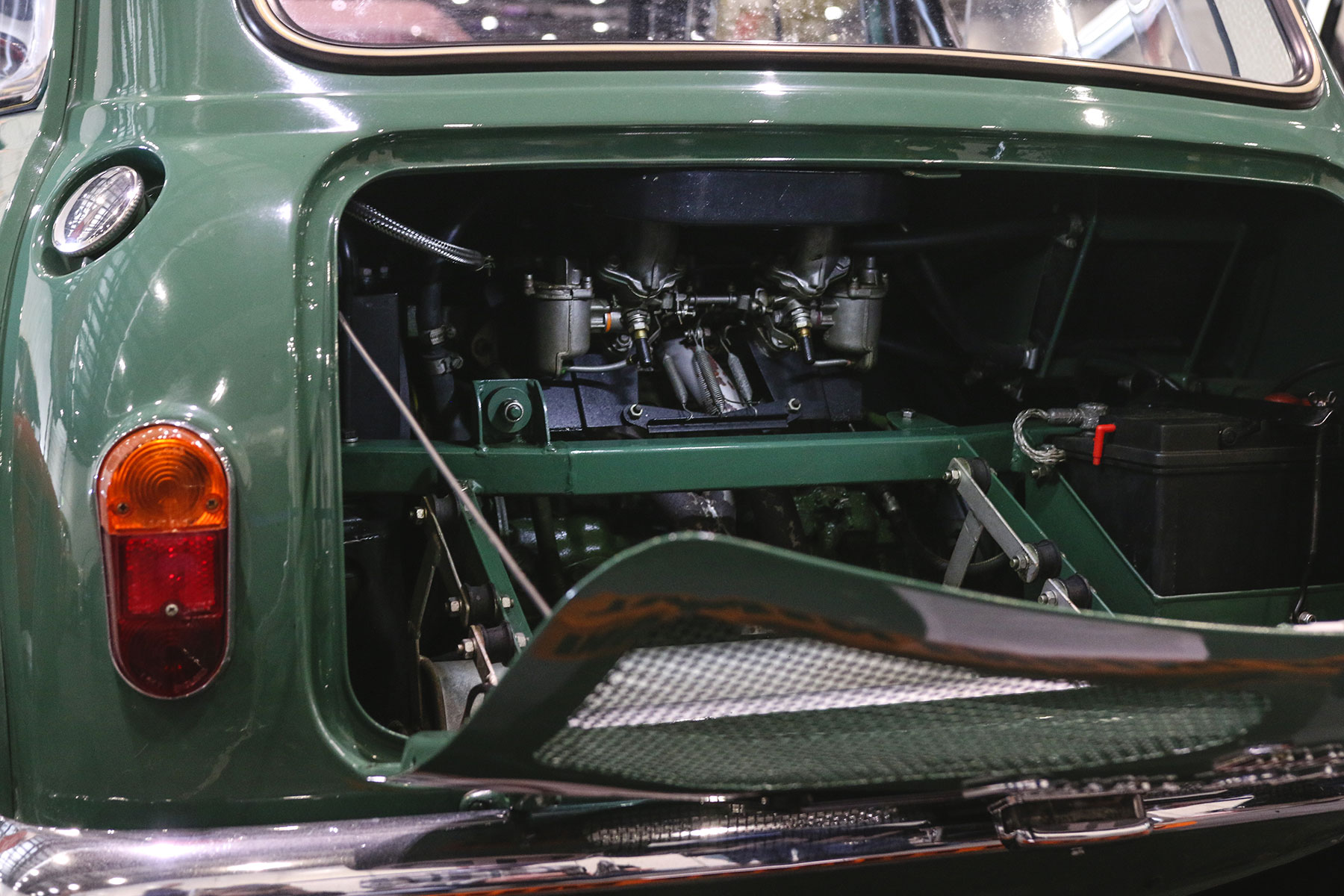
The Mini might have stormed rallying in the 60s, but that didn’t stop drivers wanting more power to stay ahead of the competition. Although engines could easily be tuned (especially the ever-popular A-Series), tyre technology meant carmakers were limited to how much power they could put through the front wheels.
The British Motor Corporation had the answer: four-wheel-drive. Yup, before the age of Audi Quattro rally cars, the British were experimenting with 4×4 rallying. BMC’s method of powering all four wheels was rather unusual, though. Rather than having one engine and a prop shaft sending power to the second axle, it developed a Mini Moke with a second engine.
Such was the success of this prototype, work began on developing two ‘Twinis’. The first, developed by John Cooper Garages, was destroyed when John Cooper himself crashed one in a serious accident. The second, powered by engines tuned by Downton Engineering, was entered into the 1963 Targa Florio and suffered a rear engine radiator failure. When the project was axed, it was ultimately destroyed.
The idea didn’t catch on, but we have to respect the early plans for a four-wheel-drive rally car. Someone was so impressed that they decided to build a replica of the original Twinis – and it’s on display at this weekend’s London Classic Car Show.
The Twini is one of a number of rally specials taking to the show’s Grand Avenue all weekend. For three 30-minute parades each day, visitors to the show will be able to hear and see the rare classic cars driving up and down the avenue.
Watch: paddock tour with Jonny Smith
From a 1916 Packard that can do a 100 miles an hour, to a Mini with 2 engines, @LCCS_ldn has it all. Take a look at our pick of the Paddock with @Carpervert #LCCS2018 #LCCS #classiccars pic.twitter.com/EeGSjzAn4A
— ERS (@ERSmotor) February 16, 2018






